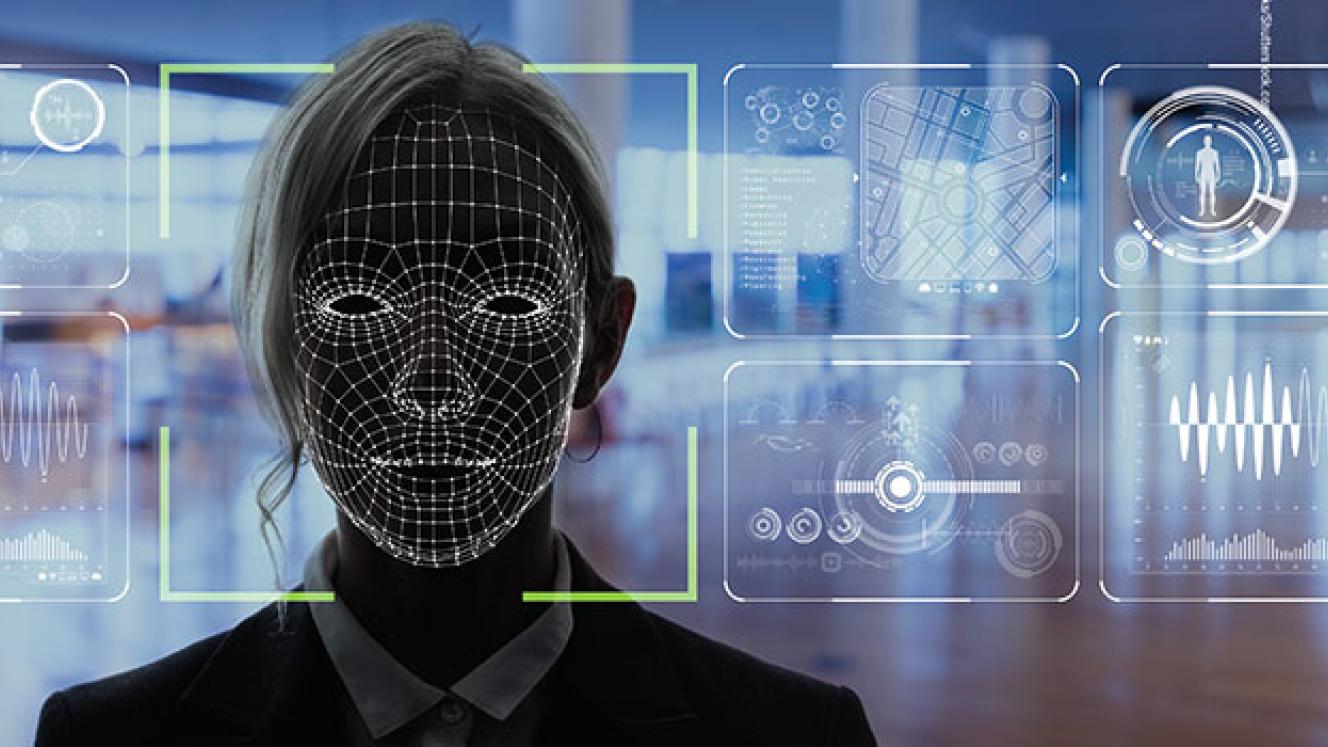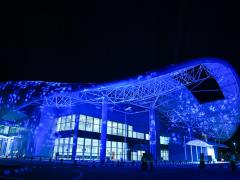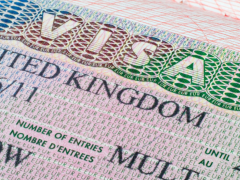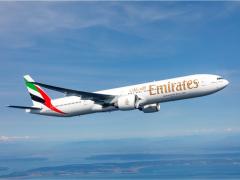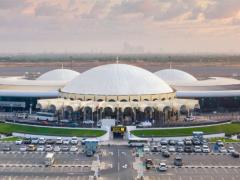The US Transportation Security Administration (TSA) is piloting a project at 16 airports across the country to assess the use of facial recognition technology, reports euronews.com.
The system requires travellers to put their driver’s licence or passport against a card reader and look at a camera on a screen, which captures their image and compares it with their ID. While it checks to ensure people match the ID they present and that it’s real, a TSA officer signs off on the screening. A sign informs travellers their photo will be taken as part of the pilot and that they can opt out. It also includes a QR code for them to get information.
But, it’s not without controversy - concerns have been raised about how this data is collected, who accesses it and what happens if hackers access government systems via this technology.
According to Meg Foster from Georgetown University’s Centre on Privacy and Technology, there are fears over bias within the algorithms of facial recognition technologies, as some have difficulty recognising the faces of minority groups. She says it’s unfair to put the responsibility on passengers to choose whether to opt out, as they might be worried about missing their flight if they do. “They might be concerned that if they object to face recognition, they’re going to be under further suspicion.”
TSA says the goal is to improve the accuracy of the identify verification without slowing down the speed at which passengers through checkpoints. It says the early results are positive and show no noticeable difference in the algorithm’s ability to recognise passengers based on age, gender, race and ethnicity.
